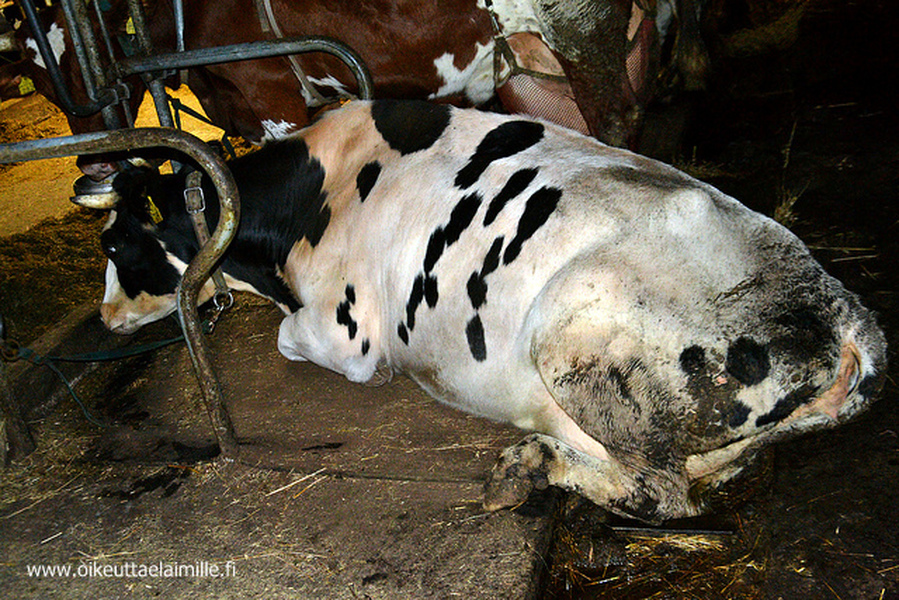The Concealed Horrors of Manufacturing facility Farm Animal Cruelty
In the present day period of mass creation and consumerism, the phrase “Factory farm animal cruelty” has turn into synonymous with effectiveness and affordability in the meals sector. Even so, guiding https://cruelty.farm/take-action-now/ of these industrialized functions lies a dim reality of animal suffering and cruelty that often goes unseen by the typical customer. Manufacturing facility farming, also known as industrial agriculture, is a technique of intensive animal farming that prioritizes substantial output and revenue margins above the well-getting of animals. In these services, animals are confined to cramped and unsanitary circumstances, usually unable to exhibit their normal behaviors or entry proper nourishment and veterinary treatment. 1 of the most considerable issues related with manufacturing facility farming is the intense confinement of animals. Pigs, chickens, and cows are frequently housed in overcrowded and barren cages or pens, not able to transfer freely or engage in natural behaviors these kinds of as foraging or socializing. This confinement not only brings about actual physical distress and tension but also will increase the probability of injuries and disease among the animals. Moreover, the use of antibiotics and growth hormones is prevalent in manufacturing facility farms to encourage speedy growth and avert the spread of disease in these kinds of crowded circumstances. This overreliance on antibiotics has contributed to the increase of antibiotic-resistant germs, posing a severe threat to community overall health. The program practices employed in manufacturing facility farms also inflict huge struggling on animals. For instance, in the egg market, male chicks are deemed economically worthless and are typically discarded alive by the 1000's every single day, both by getting ground up alive or suffocated in plastic baggage. Similarly, in the dairy sector, calves are separated from their mothers soon after start, leading to distress to the two the calf and the mother. Possibly one of the most disturbing facets of manufacturing unit farming is the common acceptance of cruel and inhumane treatment of animals as common market techniques. Undercover investigations have exposed instances of employees kicking, beating, and even sexually abusing animals in these facilities. In spite of such egregious functions of cruelty, perpetrators are hardly ever held accountable due to inadequate oversight and enforcement of animal welfare rules. The environmental impact of Factory farm animal cruelty can not be neglected either. The intense production of animal waste in these services sales opportunities to pollution of air, water, and soil, contributing to weather alter and ecological degradation. Furthermore, the huge use of resources such as drinking water and grain to feed livestock additional strains global meals systems and exacerbates troubles of food insecurity and inequality.  Despite these grim realities, there is hope for alter. Enhanced customer recognition and desire for ethically sourced and sustainably produced foods products have led to the increase of alternative farming methods these kinds of as natural and organic farming, pasture-raised livestock, and plant-dependent alternatives to animal goods. As consumers, we have the power to drive good alter in the food industry by generating knowledgeable alternatives and supporting ethical and sustainable farming techniques. By selecting to boycott factory-farmed goods and advocating for more powerful animal welfare rules, we can help ease the struggling of thousands and thousands of animals and produce a a lot more compassionate and sustainable foodstuff program for long term generations.
Despite these grim realities, there is hope for alter. Enhanced customer recognition and desire for ethically sourced and sustainably produced foods products have led to the increase of alternative farming methods these kinds of as natural and organic farming, pasture-raised livestock, and plant-dependent alternatives to animal goods. As consumers, we have the power to drive good alter in the food industry by generating knowledgeable alternatives and supporting ethical and sustainable farming techniques. By selecting to boycott factory-farmed goods and advocating for more powerful animal welfare rules, we can help ease the struggling of thousands and thousands of animals and produce a a lot more compassionate and sustainable foodstuff program for long term generations.